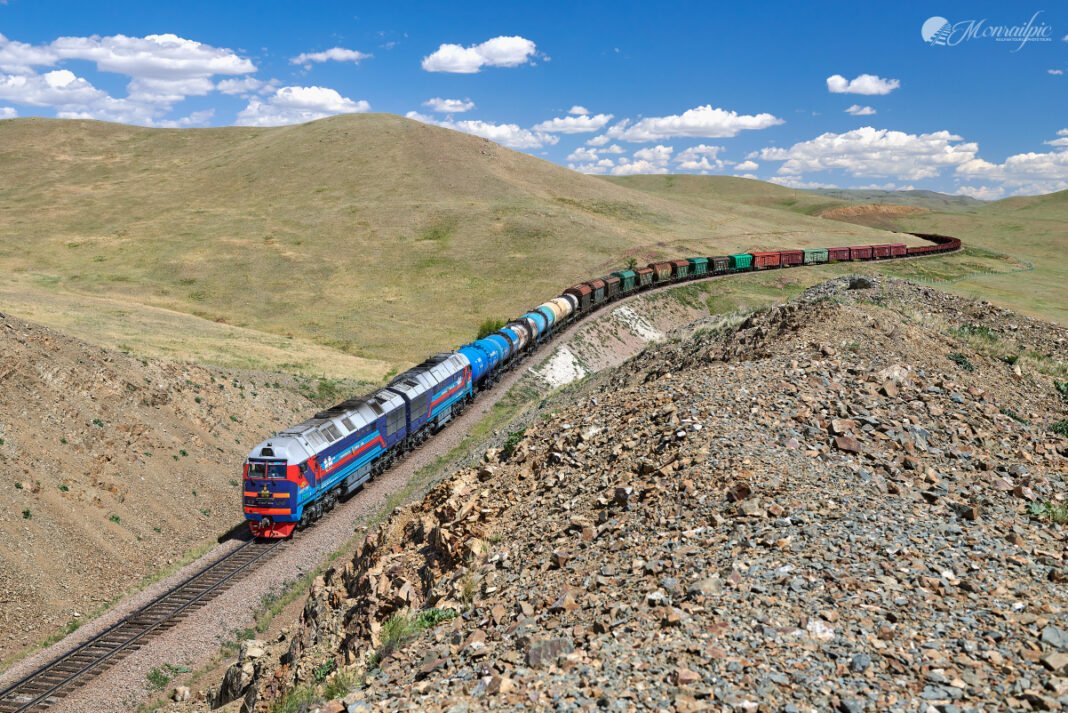Railway transport is the second most important mode of transport after road and critical for long distance freight along the main transport corridors.
The EAC acknowledges the need to rationalise rail development within the region and to harmonise road and rail transport operations along the main corridors and has therefore, prepared an East African Railways Master Plan to guide the future development of the railway services in the region.
Tanzania has a total of 3,676 km of railway lines operated by two railway systems, Tanzania Railways Corporation (TRC) and Tanzania – Zambia Railways (TAZARA). Due to poor conditions of tracks and ageing rolling stock and locomotives, tonnage freight volumes and passenger numbers have continued to fall every year. However, efforts have been taken and some sections of the railway lines have been revamped, leading to an increase in the numbers of passengers and cargo.
Kenya has a rail network of 2,778 Km of lines. The mainline connects the Port of Mombasa to Nairobi and to the Kenya / Uganda border at Malaba. Even though the freight performance has also continued to decline, it still plays a critical role in the transport of export and import goods which account for about 35% of the long haul freight traffic handled at the port of Mombasa
In 2017, Kenya opened the 579 km Nairobi – Mombasa Standard Gauge Railway (SGR), while runs parallel to the Kenya/ Uganda railway line. The introduction of the SGR has seen an increase in freight and passengers between Mombasa and Nairobi.
Uganda’s total developed rail network covers 1,250 km, until recently only 265 km are currently serviceable due to abandonment or closure. Uganda Railways Corporation (URC) has embarked on an ambitious revamping exercise in an effort fast-track development and spur trade. URC has also relaunched cargo services to the Port of Dar es Salaam in Tanzania following more than decade of dormancy.
Design is not just what it looks like and feels like. Design is how it works.


